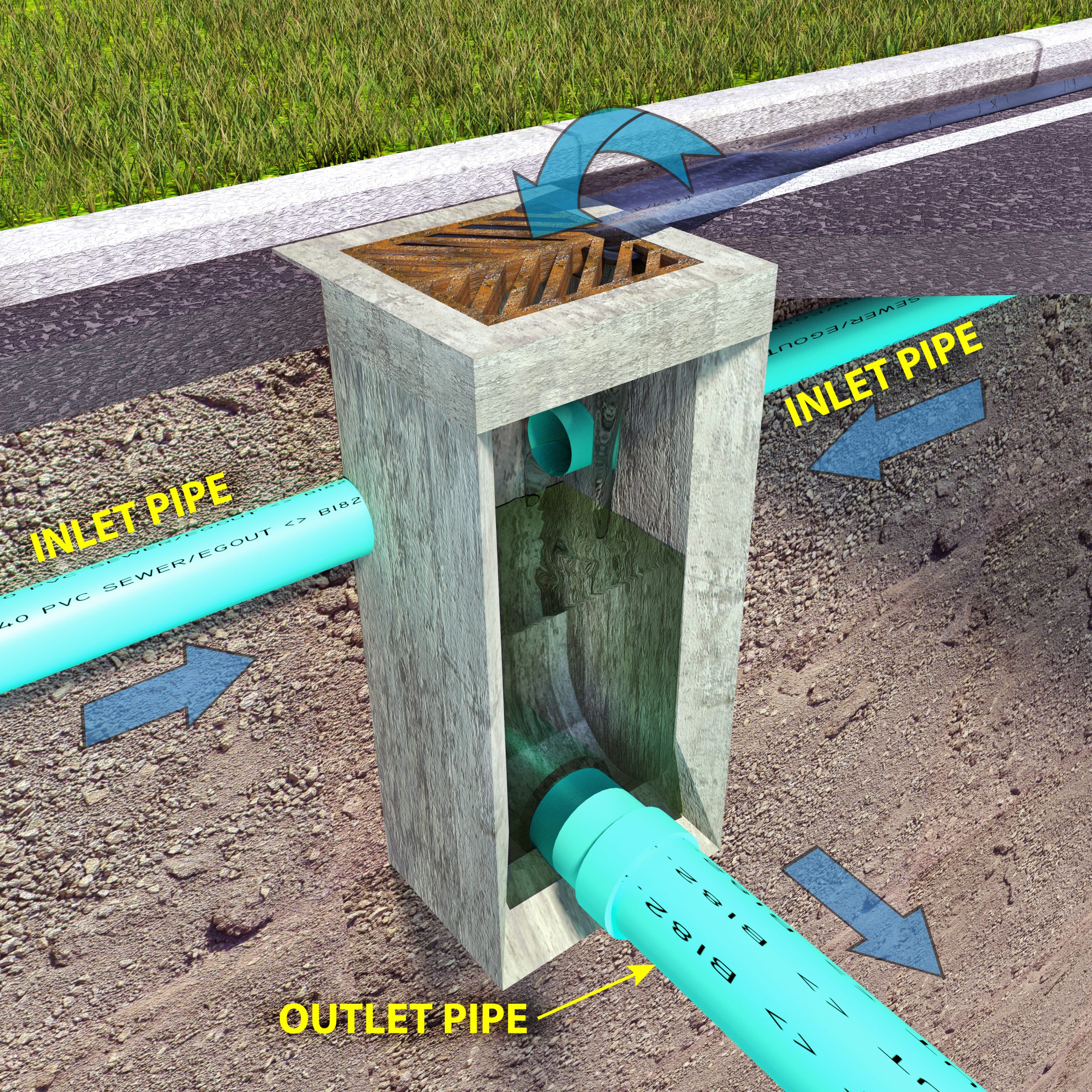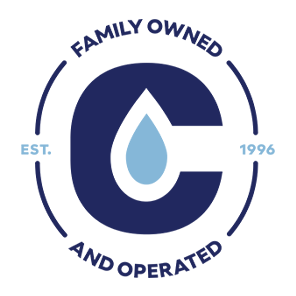Have you ever wondered how urban areas manage the influx of water during heavy rainfall or storms? That’s where storm and sanitary basins come into play. These basins form a crucial part of stormwater management systems and help prevent flooding, erosion, and contamination of water bodies. This blog will provide an overview of these basins, their differences, functioning, and maintenance considerations. We will also delve into the role of detention and retention in storm basins and how effective basin management impacts urban planning. Read on to learn more.
Understanding Storm and Sanitary Basins
Storm and sanitary basins are crucial components in managing stormwater runoff and wastewater. Storm basins are vital in preventing potential flooding during heavy rainfall, while sanitary basins handle the wastewater from residential and commercial establishments. Both basins are essential for maintaining water quality and effective water management. To fully understand their purpose and function, it is important to recognize how these basins contribute to water management strategies.
The Importance of Storm and Sanitary Basins
Storm and sanitary basins are vital in protecting communities from the devastating effects of storms and floods. These basins ensure the proper disposal and treatment of wastewater, contributing to a healthier environment. By controlling erosion and reducing the risk of pollutants entering water bodies, basins help maintain the overall water quality in the United States. Their importance extends beyond local communities, making them crucial for sustainable water management. Properly designed and maintained basins act as a safeguard, protecting both people and the environment.
The Difference Between Storm and Sanitary Basins
Storm basins and sanitary basins serve different purposes in water management. Storm basins are designed to handle stormwater runoff, managing high volumes of water during rainfall and focusing on flood control. On the other hand, sanitary basins are connected to sewer systems, dealing with domestic and industrial wastewater, prioritizing public health and environmental protection. Understanding this distinction is crucial for effective water management. By differentiating between storm and sanitary basins, we can ensure proper handling of water resources and maintain a healthy environment.
Characteristics of Storm Basins
Storm basins, designed to capture and temporarily store stormwater, have a larger capacity to accommodate high runoff volumes during storms. Equipped with risers and orifices, they control water levels and play a vital role in reducing the risk of flooding and protecting water quality. The design of storm basins considers factors such as peak flow rates and detention time, ensuring effective stormwater management. With their unique characteristics, storm basins are an essential component of stormwater management systems.
Features of Sanitary Basins
Sanitary basins, connected to sewer systems, handle wastewater from homes and businesses. They collect and transport wastewater for treatment, incorporating sedimentation to remove solid particles. These basins prioritize public health by preventing water source contamination. Proper maintenance is crucial for efficient wastewater management.
How Do Storm and Sanitary Basins Work?
Storm basins collect and detach stormwater, allowing sediment and pollutants to settle. The collected water is then slowly released to prevent overwhelming downstream systems. On the other hand, sanitary basins receive wastewater from sewer systems and transport it for treatment using gravity and a network of pipes. Understanding their functioning is crucial for effective water management.
The Functioning of Storm Basins
Storm basins play a critical role in managing stormwater and protecting the environment. They capture stormwater runoff, preventing flooding and erosion. Additionally, sediment and pollutants in the runoff settle at the basin’s bottom, improving water quality. By releasing water in a controlled manner, storm basins reduce the risk of downstream flooding. Furthermore, these basins temporarily store excess rainfall, allowing it to slowly enter water bodies. In this way, storm basins effectively manage stormwater and contribute to environmental sustainability.
The Operation of Sanitary Basins
Sanitary basins, an integral part of wastewater management systems, receive wastewater through sewer systems and transport it to treatment facilities. Utilizing gravity, the wastewater undergoes various treatment processes to remove pollutants and maintain water quality. Operating continuously, these basins are crucial in efficiently managing wastewater, making them essential for public health and environmental protection. Proper operation and maintenance of sanitary basins ensure the system’s effective functioning.
The Role of Detention and Retention in Storm Basins
Detention basins are designed to temporarily hold excess stormwater during heavy rainfall, while retention basins store water for longer periods, allowing for infiltration and groundwater recharge. Both basins play a crucial role in controlling stormwater flow and reducing the risk of flooding. Detention and retention basins also provide valuable water quality benefits by filtering pollutants and sediment. Understanding the role of detention and retention in storm basins is essential for effective flood control and water management.
Understanding Retention Basins
Retention basins in urban and rural settings are designed to capture and store stormwater runoff. Reducing sediment and pollutants in runoff contributes to improved water quality. These basins also play a vital role in flood control, especially in areas vulnerable to heavy rainfall. Ensuring proper maintenance of retention basins is crucial for their long-term effectiveness.
Conclusion
In conclusion, storm and sanitary basins play a crucial role in managing water runoff and maintaining the cleanliness and functionality of urban areas. Understanding the difference between storm and sanitary basins is important to ensure proper maintenance and operation. By implementing effective basin management practices, we can create sustainable and resilient communities better equipped to handle stormwater and protect our environment. Contact us today at Capps Plumping!




